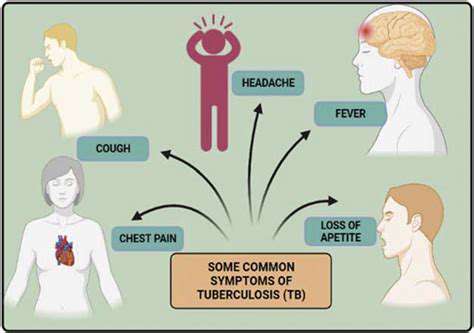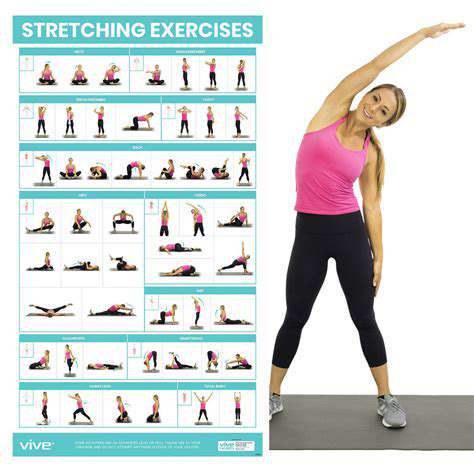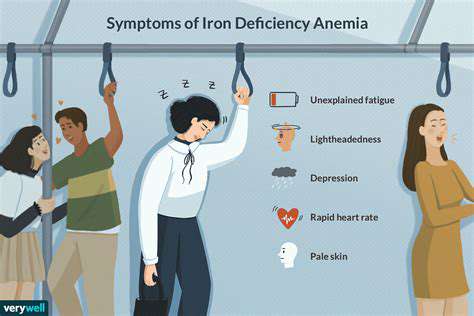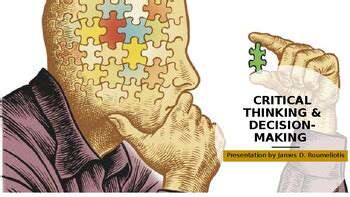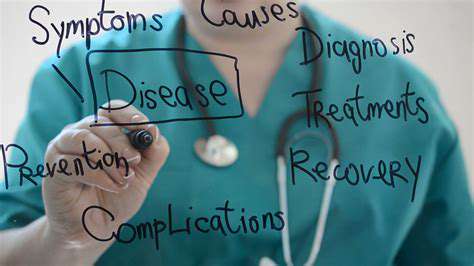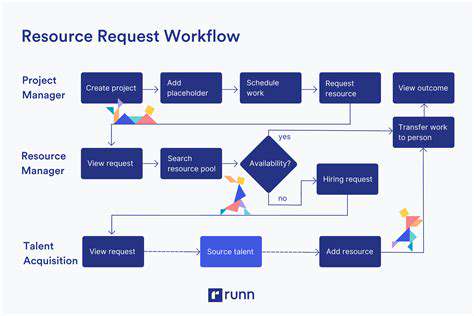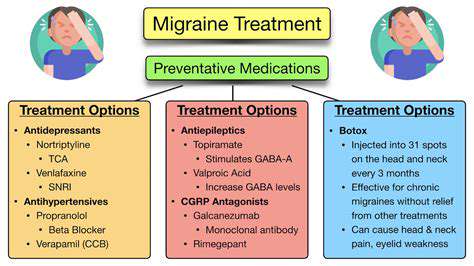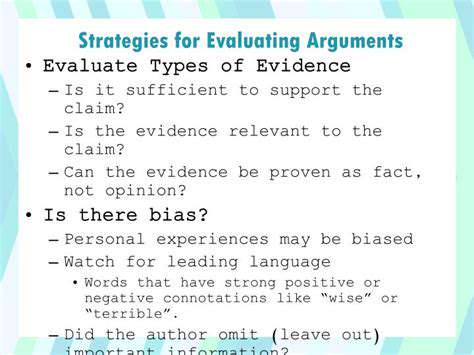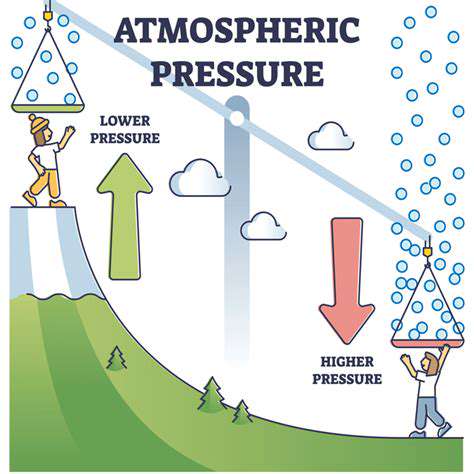Effective Pain Management Strategies You Can Control
The Power of Mind-Body Techniques
Mindfulness Meditation for Pain Relief
Mindfulness meditation, a practice rooted in Buddhist traditions, involves focusing on the present moment without judgment. This practice can be incredibly effective in managing chronic pain by shifting your attention away from the pain itself and towards your breath, bodily sensations, and thoughts. By cultivating awareness of these sensations without getting caught up in them, you can begin to detach from the pain's intensity and develop a more balanced perspective. Regular practice can help to reduce the perception of pain and promote a sense of calm and well-being, which are crucial elements in managing chronic pain effectively.
Studies have shown that mindfulness meditation can alter brain activity, reducing activity in areas associated with pain processing. This can lead to a more manageable experience of pain and improve overall emotional regulation. Furthermore, mindfulness fosters self-awareness, enabling you to recognize and respond to pain triggers more effectively, leading to a more proactive approach to pain management.
Progressive Muscle Relaxation Techniques
Progressive muscle relaxation involves systematically tensing and releasing different muscle groups in your body. This technique helps to identify and release physical tension that often accompanies pain. By consciously tensing and then relaxing each muscle group, you become aware of the difference between tension and relaxation, and you learn to recognize physical tension as it arises. This process can be incredibly helpful in reducing muscle pain and promoting a sense of calm and relaxation throughout the body.
Yoga and Its Role in Pain Management
Yoga combines physical postures (asanas), breathing techniques (pranayama), and meditation to promote physical and mental well-being. The physical postures can increase flexibility, strength, and balance, which can be crucial for managing pain, particularly musculoskeletal pain. The mindful movement and focus on breath in yoga can help to reduce stress and anxiety, which are often significant contributors to pain perception. Yoga can also improve body awareness, enabling individuals to better understand and manage their pain responses.
Many different styles of yoga can be adapted to suit various pain levels and needs. Whether it's gentle restorative yoga or more vigorous vinyasa flow, the focus on mindful movement and deep breathing can be invaluable in managing chronic pain.
Guided Imagery for Pain Relief
Guided imagery is a powerful technique that uses vivid mental imagery to create a sense of calm and relaxation. It involves focusing on a peaceful scene, sensation, or feeling to distract the mind from pain signals. By replacing negative thoughts with positive images, you can redirect your attention and reduce the intensity of pain perception. This technique can be particularly helpful in managing acute or chronic pain, as it allows for a shift in focus from the pain to a more positive and calming experience.
Acupuncture and its Potential for Pain Management
Acupuncture, an ancient Chinese healing practice, involves inserting thin needles into specific points on the body. While the precise mechanisms are not fully understood, acupuncture is believed to stimulate the nervous system, release endorphins, and reduce inflammation. Many people find that acupuncture can be an effective adjunctive therapy for managing pain, particularly chronic musculoskeletal pain. It is important to consult with a qualified and licensed acupuncturist to ensure safe and effective treatment.
The potential benefits of acupuncture extend beyond pain relief. It can also improve sleep quality, reduce stress, and enhance overall well-being, making it a holistic approach to pain management. It is crucial to remember that acupuncture is not a substitute for conventional medical treatment, but rather a complementary therapy that can enhance existing pain management strategies.
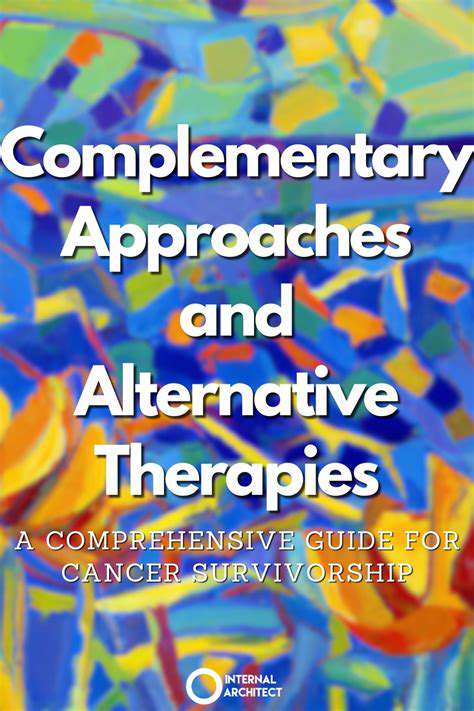
The Role of Medications and Medical Interventions
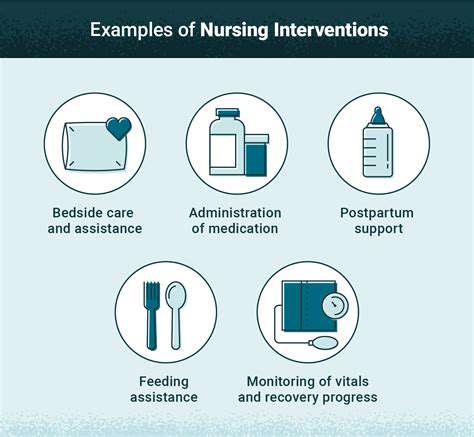
The Impact of Medications on Health
Medications play a crucial role in modern healthcare, offering a wide range of benefits for treating various health conditions. From combating infections to managing chronic diseases, medications have revolutionized the way we approach patient care. Their effectiveness in alleviating pain, reducing symptoms, and improving overall well-being is undeniable. This impact is particularly significant in treating conditions that were once considered debilitating or even fatal.
Pharmaceutical advancements have led to significant improvements in disease management and patient outcomes. The development of new drugs and therapies continues to push the boundaries of what's possible in medicine, leading to more effective and targeted treatments. This ongoing research and development are essential to addressing the ever-evolving challenges in healthcare.
Medication Safety and Efficacy
Ensuring the safety and efficacy of medications is paramount. Rigorous testing and clinical trials are crucial steps in evaluating the potential benefits and risks associated with any new drug. These processes help to identify potential side effects and ensure that the benefits outweigh the risks for patients. Thorough monitoring and evaluation of medication use throughout treatment are essential to maintaining patient safety and well-being.
The careful consideration of potential drug interactions is also vital in ensuring patient safety. Healthcare professionals must be vigilant in assessing the possibility of adverse reactions when prescribing multiple medications. This comprehensive approach helps to identify and mitigate potential complications that may arise from the combined effects of different drugs.
The Importance of Patient Adherence
Patient adherence to prescribed medication regimens is critical for achieving optimal treatment outcomes. Adherence involves taking medications as prescribed, including the correct dosage and frequency. This consistent adherence is essential for managing chronic conditions effectively and preventing complications. Understanding the importance of adhering to the medication plan is vital for both the patient and their healthcare provider.
The Role of Healthcare Professionals
Healthcare professionals play a pivotal role in guiding patients through the process of medication management. They educate patients about the importance of their medications, potential side effects, and proper administration techniques. Their expertise in prescribing and monitoring medications is essential for ensuring safe and effective treatment. Pharmacists, in particular, play a critical role in counseling patients about their medication regimens.
Ethical Considerations in Medication Use
Ethical considerations are crucial in the development, prescription, and use of medications. Issues such as accessibility, affordability, and equitable distribution must be addressed. Ensuring that medications are available to all who need them, regardless of socioeconomic status, is a significant ethical concern. The responsible use of medications, considering potential biases and societal impacts, is essential for equitable healthcare.
